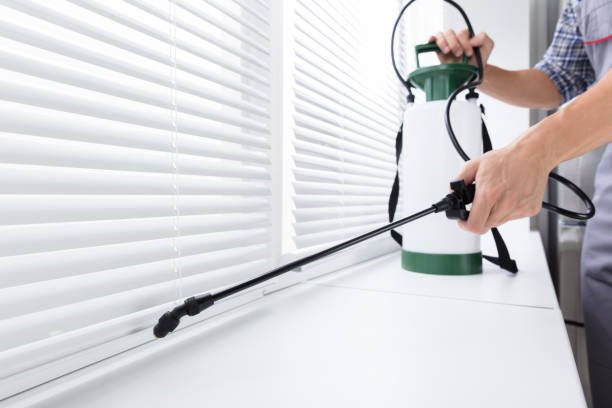The first step towards eliminating insects in a storage facility is to prepare your unit for pest control Adelaide. You should prepare pest repellents and sprays, as well as set up bait stations and traps. Prepare your units by placing insect repellents and sprays around the perimeters of the space. The insect repellents should prevent crawling insects for some time. Insect traps and cockroach bait stations should be placed on routes taken by cockroaches and rodents.
Airtight storage containers
Insects love warm temperatures and dry foods make ideal breeding grounds for pantry moths. While airtight storage containers can effectively keep bugs out, they are not pest-proof. If you need to store food longer than its expiration date, consider temporarily storing it in the freezer. Though buying in bulk can be a good idea for larger households, it may not be practical for households with smaller families. Once opened, food containers can be a breeding ground for a variety of pests and other pests.
Airtight containers are available in many sizes. The Shazo 28-Piece Airtight Food Storage Container is BPA-free and microwave-safe. It can also be used in the freezer and refrigerator and is dishwasher-safe. These containers come in several different sizes, but they are all the same height and width. You can stack them up if you need to save space. You can also get an airtight container with bamboo lids.
Cleaning fabric items
Fabric pests include moths and various species of beetles. They feed on the natural protein ‘Keratin’ found in animal-based fabrics like wool, mohair, silk, and even taxidermy. When stored improperly, fabric pests can cause extensive damage and loss. Psocids, silverfish, and brown house moths are among the most common fabric pests. Learn how to protect your stored items from these pests.
To minimize the spread of bedbugs, wash infected fabric items thoroughly. Doing so will help remove particles that insects love to feed on. Additionally, if the fabric is prone to bedbug infestation, wrap it in airtight plastic to prevent them from coming back. After cleaning, store infested items in a bedbug-free area. If the problem persists, use a chemical pesticide treatment to get rid of the beetles.
Pest control sprays
When you rent a storage unit, you can use pest control sprays and natural deterrents to keep pests away. You can also place traps around the storage unit where bugs are known to be attracted. These should be checked regularly, and you should immediately notify the storage facility management if you notice any new damage. If you suspect an infestation, contact the management company to fix the problem. Pests can cause a lot of damage in a short amount of time, so it’s crucial to address any infestation as soon as possible.
The best way to prevent pest infestations is to contact the management of the storage facility and request that the facility employs pest control treatments. You can also ask the facility to maintain a spick and span garden as well. These factors can make a storage unit more vulnerable to infestation, and it’s vital to contact management as soon as you notice any problem. Besides contacting the management, observing how well-maintained the storage unit is can help you determine whether the storage facility is doing all it can to prevent pests from reoccurring.
Choosing a storage facility with pest control
One of the most important factors to look for when choosing a storage facility is the presence of pest control measures. If you notice signs of bugs, insects, or garbage bins that are overflowing, then you should probably go somewhere else to store your items. Check the facility for good lighting and access areas, as well as weekly trash pickup. Also, make sure that the facility has adequate security, including cameras and onsite security. Finally, ask the manager about the storage facility’s pest control policy.
A good storage facility will use weather-stripping on the doors and the perimeter of the unit. It should also schedule regular inspections of the unit for rodents and other pests. Pests may also eat through clothing, furniture, and other valuables, so you should look for a facility that regularly conducts inspections of their units. If you’re concerned about the presence of rodents, you can place cedar blocks on shelves or use peppermint and lavender essential oils to ward off unwanted visitors.

